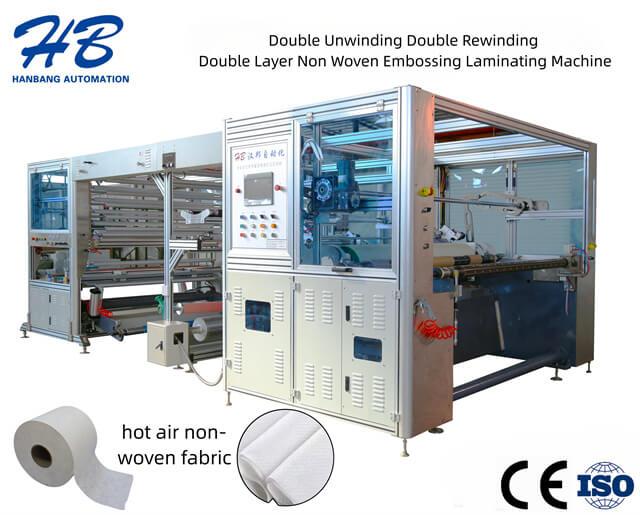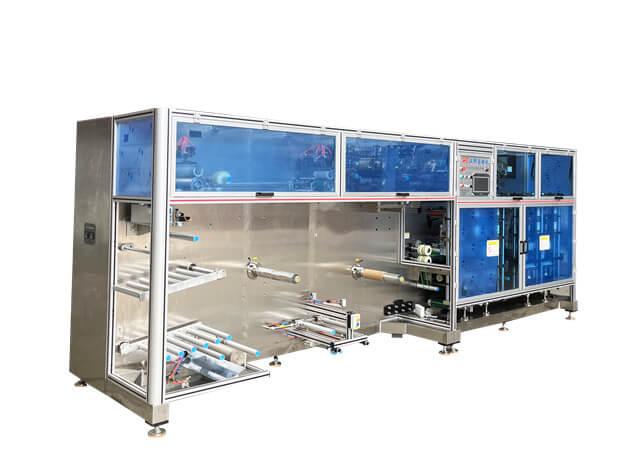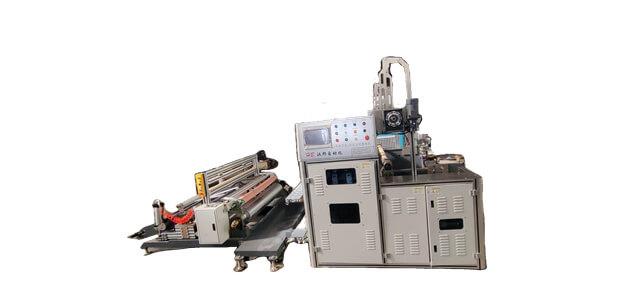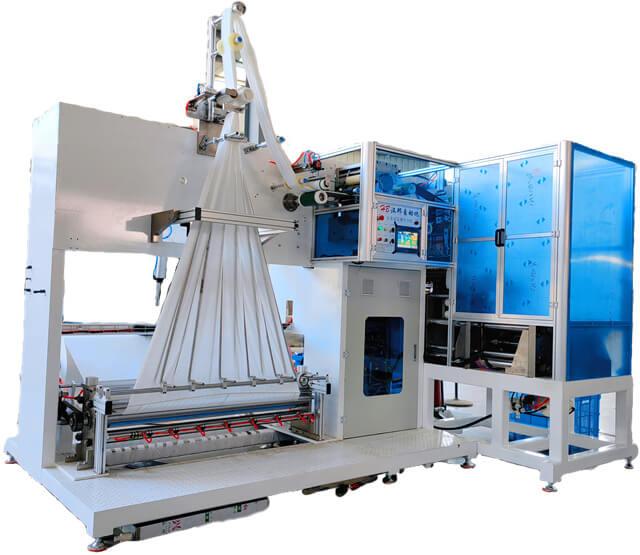Author:HB Nonwoven MachineryFROM:Compressed Towel Machine Manufacturer TIME:2023-12-28
Non-woven lamination machines play a crucial role in the production of diapers and sanitary napkins. These machines are equipped with advanced technology to ensure efficient and high-quality lamination processes. In this article, we will explore the technical features of non-woven lamination machines and how they contribute to the diaper and sanitary napkin industry.
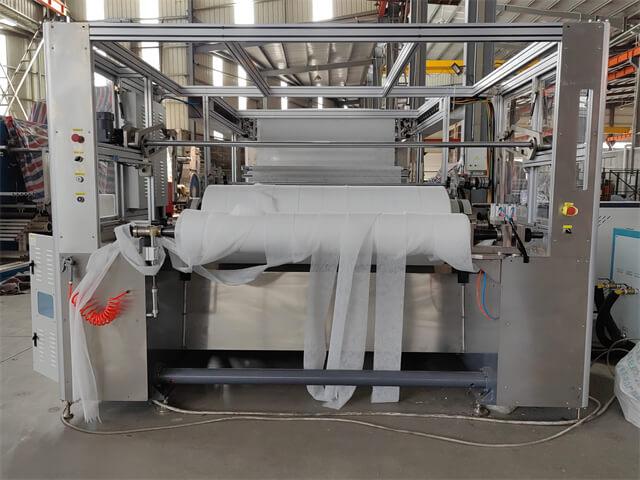
One of the key features of non-woven lamination machines is their ability to operate at high speeds. These machines can laminate multiple layers of non-woven fabric together at a rapid pace, enhancing productivity in the production process. The high-speed capability ensures that manufacturers can meet the increasing demand for diapers and sanitary napkins effectively.
Temperature control is crucial in the lamination process to ensure proper bonding between the layers of non-woven fabric. Non-woven lamination machines are equipped with precise temperature control systems that maintain consistent and uniform heat distribution across the entire lamination area. This feature guarantees strong and durable lamination, preventing any delamination issues.
Non-woven lamination machines offer various lamination methods to cater to different production needs. Some machines utilize hot-melt adhesive lamination, while others employ ultrasonic or thermal lamination techniques. Manufacturers can choose the most suitable method based on the specific requirements of their products. This flexibility allows for customization and improved quality control.
Ensuring proper tension during lamination is critical for achieving consistent and smooth results. Non-woven lamination machines are equipped with automatic tension control systems that monitor and adjust the tension of the fabric in real-time. This feature eliminates the need for manual adjustments, redu
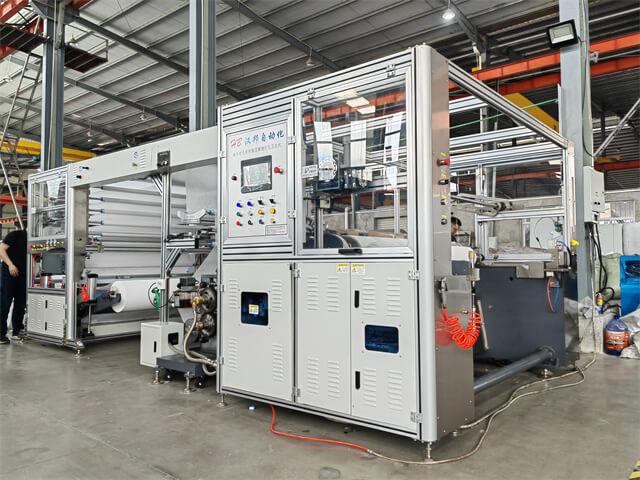
Efficiency and waste reduction are key concerns in any manufacturing process. Non-woven lamination machines are designed to minimize waste by using precise cutting and trimming mechanisms. Th
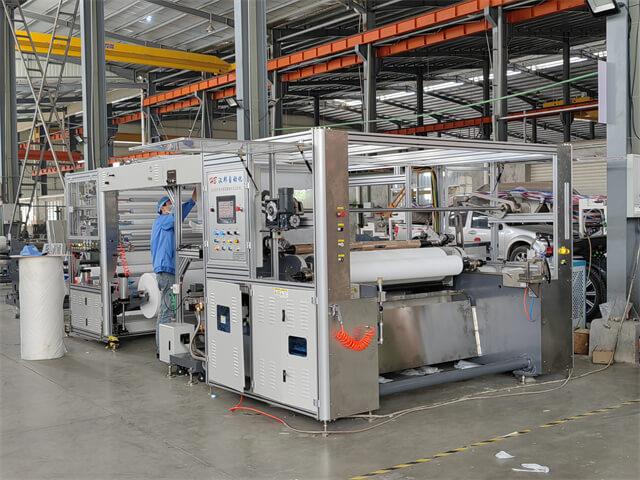
Modern non-woven lamination machines are equipped with user-friendly interfaces that simplify operation and maintenance. The intuitive control panel allows operators to easily adjust settings, monitor the production process, and troubleshoot issues. This feature improves efficiency, reduces downtime, and enhances the overall user experience.
To ensure the production of high-quality diapers and sanitary napkins, non-woven lamination machines often include integrated quality inspection systems. These systems use advanced sensors and cameras to detect defects, such as uneven lamination or material flaws. By detecting and rejecting defective products in real-time, manufacturers can maintain consistent product quality and reduce customer complaints.
Sustainability is a growing concern in the manufacturing industry. Non-woven lamination machines are designed to be energy-efficient, incorporating features such as automatic power-saving modes and optimized heat distribution. By minimizing energy consumption, these machines contribute to reducing carbon footprint and operating costs.
Non-woven lamination machines offer various technical features that enhance the efficiency and quality of the diaper and sanitary napkin production process. From high-speed lamination to energy efficiency, these machines play a crucial role in meeting the increasing demand for hygienic products. With continuous advancements in technology, non-woven lamination machines are expected to further improve productivity and sustainability in the industry.
